Understanding SLAP Lesion Shoulder Injuries

What is a SLAP Lesion?
The acronym "SLAP" stands for Superior Labrum Anterior Posterior and is used to describe a tear or detachment of the shoulder's labrum, a circumferential rim of cartilage meant to deepen the shoulder’s socket and provide additional stability to the shoulder joint. Fifty percent of the glenoid depth is attributable to the labrum. This pathology is fairly common, and a SLAP injury is diagnosed in up to 1/4 of patients undergoing shoulder arthroscopy for any diagnosis will demonstrate a SLAP lesion. The labrum enjoys a relatively robust blood supply at birth that diminishes to sparse vascularization with advanced age.
The shoulder’s labrum shares some similar characteristics with the knee's meniscus. The inferior labrum is typically tightly attached to the bony rim of the socket, while the superior labrum, the part prone to a SLAP injury, is more "meniscus like" with a less secure union. At its superior surface, the long head of the biceps tendon converges with the labrum and provides an anchor for approximately 50% of the fibers of the biceps tendon.
Labral tears may occur abruptly from injury or develop more slowly from repetitive microtrauma. The forces associated with a labral injury typically include either superior compression or sudden inferior traction. Traumatic onsets, including a fall or direct blow to the shoulder, are responsible for almost 1/3 of all SLAP lesion shoulder, a cause of a SLAP injury. The most common mechanism of acute injury involves a fall onto an outstretched arm with the shoulder abducted and flexed forward.
SLAP lesions are common in athletic populations, particularly those requiring overhead motions that encourage the biceps to "pull" the labrum from its underlying bony attachment. Incidentally, the long head of the biceps has a dichotomous relationship with the labrum, especially in cases of SLAP tear repair. In healthy shoulders, the long head of the biceps stabilizes the shoulder by generating compressive forces that limit translation, thereby, protecting the shoulder from anterior subluxation or SLAP injury. The biceps also depress the humeral head to protect the labrum and subacromial contents during arm elevation. Conversely, repetitive contraction of the biceps may trigger avulsion of its labral anchor – becoming progressively more problematic as the tear progresses.
Chronic SLAP lesion shoulder do not typically occur in the absence of concurrent shoulder pathology; in fact, only 28% of SLAP tears are isolated problems. Chronic etiologies are often associated with rotator cuff dysfunction. Weakened and irritated rotator cuff tendons lose their ability to stabilize the shoulder in the socket during arm elevation, leading to a potential SLAP injury. Loss of this protective mechanism allows unchecked migration of the humeral head, and over time has the ability to "lift" the labrum from its attachment.
Snyder (4) has established the most widely accepted classification system for SLAP lesions:
Type 1 injuries involve fraying or degeneration of the margins of the glenoid labrum without detachment or biceps tendon avulsion.
Type 2 injuries progress to involve detachment of the glenoid labrum from the bony rim, creating a less stable biceps anchor that may be lifted during muscular contraction.
Type 3 lesions have progressed to allow a "bucket handle" displacement of the superior labrum into the glenohumeral joint. The labrum maintains its attachment to the glenoid rim and biceps tendon.
Type 4 lesions include the aforementioned dysfunction plus at least partial rupture of the long head of the biceps tendon.
Type 1 and 2 lesions comprise the vast majority of SLAP tears. Type 3 and 4 lesions are thought to account for less than 10% of all SLAP tears and are frequently associated with instability; as a loss of labral integrity allows a significant increase in translation in the joint.
What Does a SLAP Lesion Shoulder Look and Feel Like?
SLAP lesions commonly occur in young active males. Throwers may be particularly vulnerable as this activity subjects the biceps tendon and its labral attachment to significant strain. A history of trauma or instability increases the likelihood of SLAP lesion, however, in many cases, patients present without a history of trauma or predisposing activity. The incidence of SLAP tear repair increases with age. SLAP lesion complaints can vary from asymptomatic to disabling, making it a unique form of SLAP injury. Symptomatic patients often describe a deep, vague, non-specific shoulder pain that is provoked by overhead and cross-body activity. Weakness and stiffness often accompany the disorder. Discomfort may limit athletic performance, particularly in overhead athletes who may complain of a “dead arm.” Complaints of popping, clicking, grinding or catching are common. Patients with more advanced lesions are likely to report symptoms associated with instability; i.e. (pinching, slipping, apprehension or “looseness”- especially during overhead activity)
Given that SLAP lesion shoulder is typically accompanied by additional pathology, clinical diagnosis remains challenging. Evaluation may elicit palpatory tenderness at the origin of the long head of the biceps tendon. Range-of-motion deficits are possible, particularly in cross-body and forward reaching.
How Do We Treat SLAP Lesions?
The presence of a SLAP lesion, or SLAP injury, does not automatically necessitate surgical intervention. Conservative management of SLAP lesions is sometimes unsuccessful, however, two-thirds of SLAP lesions will show symptomatic improvement via conservative care focusing on restoration of shoulder motion, rotator cuff balance, plus hip, core, and scapular stability. Most clinicians view this structural abnormality with the same skepticism as “disc lesion,” “meniscus tear” or “rotator cuff tear”- wherein the imaged defect is not necessarily the primary contributor to the patient’s complaint. Most experts, including the American Academy of Orthopedic Surgeons, recommends a 6-12 week course of conservative management prior to considering surgical intervention. Conservative treatment goals include pain reduction, enhancing mobility, and restoration of strength.
If the patient presents with a SLAP injury, initial management includes anti-inflammatory medications/modalities and cessation of provocative activities (i.e. throwing, repetitive overhead reaching). Flexibility programs, including those for SLAP tear repair, are incorporated as symptoms allow. Throwing athletes are particularly predisposed to loss of shoulder internal rotation, and clinicians must emphasize restoration of this motion. Progressive strengthening of the scapular and rotator cuff musculature is implemented as tolerated. Strengthening exercises should focus on re-balancing strength between front and back sided muscle groups. Rehabilitation must restore proper scapular stability function, as well as more distant sites of dysfunction including the hip and trunk. Myofascial release may be directed at the rotator cuff, front of the shoulder musculature and the back capsule of the shoulder. Manipulation may be helpful to restore mobility to restricted neck and mid back segments of the spine.
Immediate surgical consultation is warranted in cases of nerve compression from an associated cyst in the joint. Patients with a clear traumatic episode and symptoms of instability may require surgery, or in other words, may require an intervention for their Slap injury. Otherwise, there are no universally agreed upon indications for surgical SLAP repair. The literature fails to demonstrate success for surgically repairing type 2 SLAP lesions shoulder with co-existent rotator cuff tears in older patients (greater than 50). Only 7-57% of elite overhead athletes are able to return to pre-injury level of competition following surgical SLAP repair and the co-existence of a partial-thickness rotator cuff tear correlates with inability to return to this level of competition.
Surgeons may elect to perform debridement, suturing, or excision based upon the type of lesion. Surgical intervention should address concurrent shoulder pathology; i.e. rotator cuff lesions, degeneration, instability, etc. and can entail up to four to six-months of post-operative rehab.
If you have been suffering from shoulder pain or a SLAP lesion often referred to as SLAP injury, make an appointment to see what our doctors can do for you.
